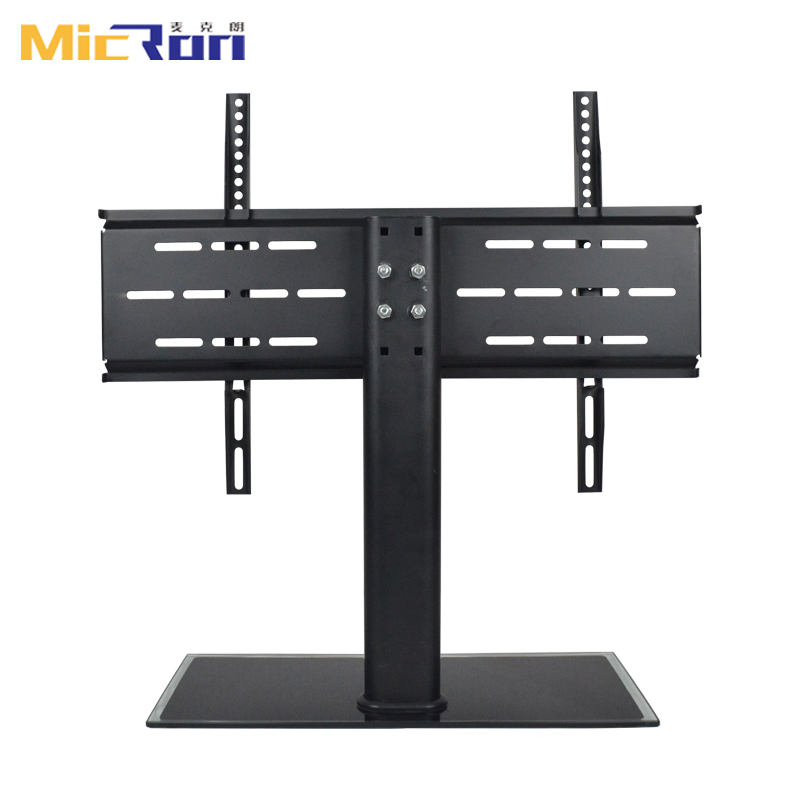buy multiple monitor wall mount
buy multiple monitor wall mount
Choosing the Right Multiple Monitor Wall Mount A Comprehensive Guide
As remote work and home offices have become increasingly popular, many professionals find themselves in need of efficient ways to manage multiple monitors. A multiple monitor wall mount can greatly enhance your workspace, offering both comfort and organization. Here’s a guide to help you choose the right one for your needs.
1. Determine Your Monitor Size and Weight
Before you begin your search for a multiple monitor wall mount, it’s essential to know the size and weight of your monitors. Most wall mounts specify the weight capacity they can support, as well as the sizes compatible with them. Common sizes range from 24 inches to 32 inches, but there are mounts designed for larger screens as well. Ensure that your monitors fit within the specified dimensions to avoid any issues during installation.
2. Check Mount Compatibility
Different monitors come with various mounting standards, mainly VESA (Video Electronics Standards Association). The VESA pattern is usually indicated in millimeters (e.g., 100x100, 200x200), which refers to the distance between the mounting holes on the back of the monitor. Make sure to purchase a wall mount that supports the VESA pattern of your monitors. This compatibility is crucial for a secure fit and optimal performance.
Multiple monitor wall mounts come in various styles, including fixed, tilting, and full-motion.
buy multiple monitor wall mount

- Fixed mounts are great for stationary setups where you seldom change the monitor’s position or angle. - Tilting mounts allow you to angle the monitors downward, which can reduce glare and improve visibility, particularly if the mount is positioned higher on the wall. - Full-motion mounts offer the most flexibility, allowing you to move your monitors up, down, and side to side. This is ideal for collaborative workspaces or for users who frequently change their seating positions.
4. Consider the Wall Space
Evaluate your wall space before purchasing a mount. Look for a location where you can comfortably view and access the monitors bezels. Also, consider the height at which the monitors will be mounted to ensure that it aligns with your eye level for ergonomic comfort. Additionally, confirm that the wall can support the weight of the monitors and the mount itself, especially if you have a drywall or plaster wall.
5. Cable Management
Multiple monitors can lead to a tangle of cables, which can create a messy appearance. Many wall mounts come with built-in cable management systems, allowing you to route and conceal cables neatly. This not only enhances the aesthetic of your workspace but also prevents damage to cables from tangling or pulling.
6. Installation and Tools
Lastly, assess the installation process. Some wall mounts come with the necessary tools and hardware, while others may require additional purchases. If you’re not comfortable with DIY installations, consider hiring a professional to ensure a secure setup.
In conclusion, a multiple monitor wall mount is a fantastic investment for anyone looking to improve their workspace. By considering factors such as monitor size, mount compatibility, style, wall space, and cable management, you can make an informed decision and create a more efficient and organized working environment. Happy mounting!
-
Premium Tilt TV Mount Exporters | GPT-4 Turbo EnhancedNewsJul.31,2025
-
Reliable Tilt TV Mount Company & Manufacturer, Factory Direct PriceNewsJul.30,2025
-
Reliable Tilt TV Mount Company & Manufacturer, Factory Price & ServiceNewsJul.29,2025
-
Installing TV Wall Mount in Apartment for Secure and Sleek SetupNewsJul.29,2025
-
High-Quality Tilt TV Mount Exporters for Secure InstallationNewsJul.29,2025
-
Professional Tilt TV Mount Company & Manufacturer, Competitive PricelistNewsJul.28,2025
